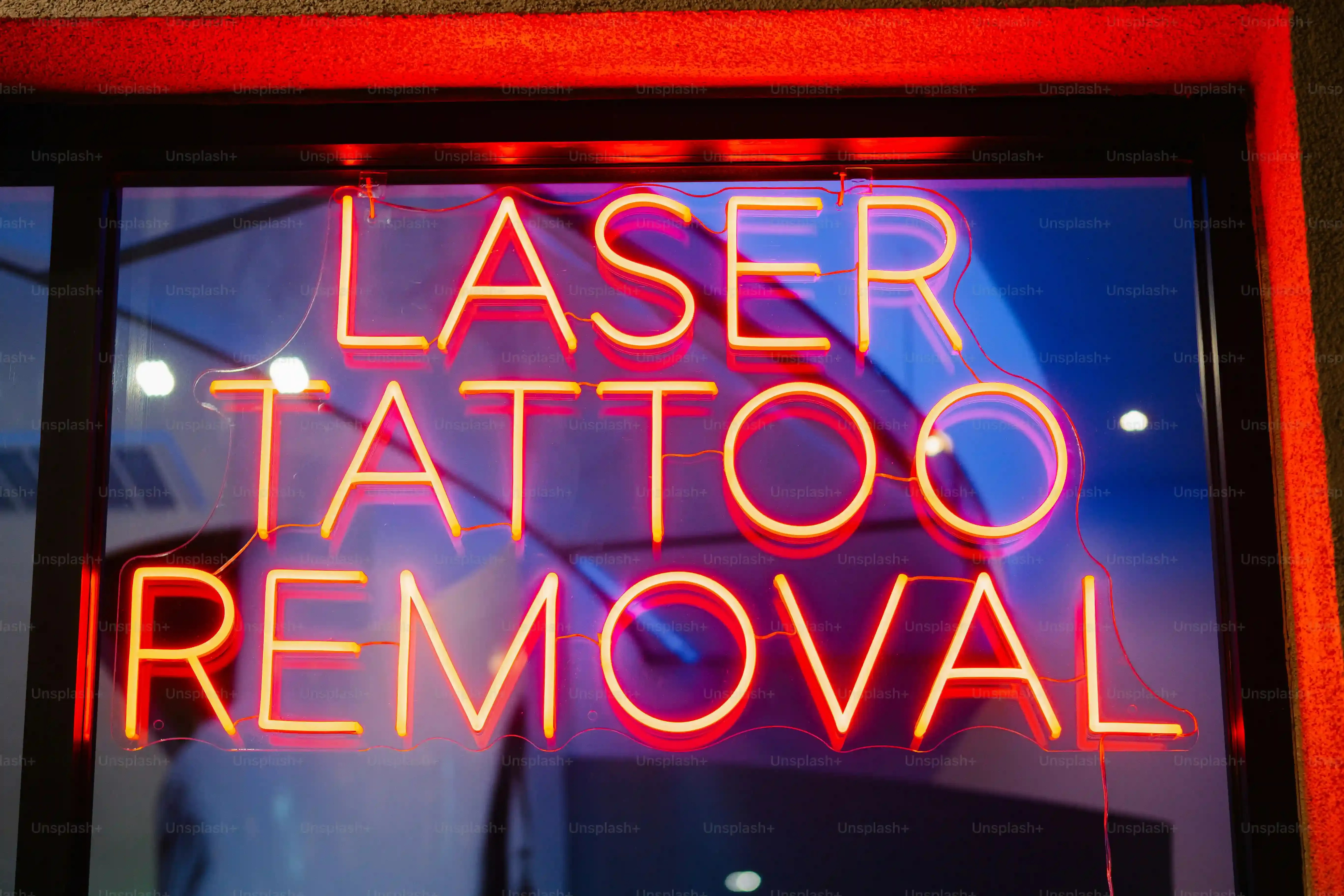Table of Contents
So, you're tired of the endless cycle of waxing, shaving, or sugaring, especially down there. You've heard whispers of laser hair removal for a Brazilian, promising smooth skin without the constant upkeep. Sounds pretty good, right? But then the big question pops up, hanging in the air like humidity on a summer day: exactly how many sessions of brazilian laser hair removal are you signing up for? Is it two? Ten? Forever? It feels like everyone has a different answer, leaving you wondering if you'll be living at the clinic longer than you live at home.
Addressing the Big Question: How Many Brazilian Laser Hair Removal Sessions?

Addressing the Big Question: How Many Brazilian Laser Hair Removal Sessions?
let's get straight to the point. When you're thinking about finally going for Brazilian laser hair removal, the absolute first thing that pops into your head is, "Alright, how many times am I going to have to do this?" It's the million-dollar question, isn't it? You see ads promising amazing results, but they often gloss over the nitty-gritty details of the process. The truth is, there's no single, magic number of sessions that works for everyone. If someone tells you exactly four sessions will do the trick, be skeptical. Most people need somewhere in the range of 6 to 10 sessions to see significant, long-lasting reduction in the Brazilian area. Some might need a little less, others might need a bit more. It's less about hitting a specific number and more about the cumulative effect over time as the laser targets hair follicles in their active growth phase.
Why Isn't There One Magic Number? Factors Influencing Session Count

Why Isn't There One Magic Number? Factors Influencing Session Count
It's All About Your Hair and Skin Combo
Think of laser hair removal as a targeted strike against your hair follicles. The laser works by zapping the pigment (melanin) in the hair. This heat damages the follicle, making it less likely to grow hair again. Here's the catch: the laser sees dark pigment best. So, if you have dark, coarse hair and lighter skin, the laser has an easier time finding its target. This ideal contrast often means fewer sessions are needed. If your hair is lighter, or your skin is darker (meaning more melanin in the skin competes with the hair), the laser setting needs to be adjusted carefully, which can sometimes mean needing more appointments for the same level of reduction. It's not impossible for those with less-than-ideal contrasts, just potentially a longer road.
Your Hair's Growth Cycle is a Sneaky Variable
Hair grows in cycles, not all at once. There's a growth phase (anagen), a transitional phase (catagen), and a resting phase (telogen). Laser hair removal is most effective when the hair is in the active growth phase because that's when the hair is firmly attached to the follicle and has the most pigment. At any given time, only a percentage of your Brazilian hair is in this optimal growth phase. This is why you need multiple sessions spaced several weeks apart – to catch different hairs as they enter that prime zapping window. Missing hairs in the resting phase means they won't be affected until they start growing again, necessitating another appointment down the line.
- Hair Color & Thickness: Dark, coarse hair absorbs laser energy best.
- Skin Type: Lighter skin with dark hair is often the quickest response.
- Hair Growth Cycle: Only actively growing hairs are effectively treated.
- Hormonal Factors: Hormones can influence hair growth patterns.
- Treatment Area Size: The Brazilian area is relatively small, but dense.
- Laser Technology Used: Different lasers work better on different skin/hair types.
The Tech and the Technician Matter More Than You Think
Not all laser devices are created equal. Some older machines or IPL (Intense Pulsed Light, which isn't a true laser) might require more sessions or be less effective on certain skin or hair types compared to medical-grade lasers like Alexandrite, Diode, or Nd:YAG. The skill and experience of the technician performing the treatment are also critical. An experienced practitioner knows how to adjust the settings based on your specific hair and skin, ensuring both safety and effectiveness. They understand the anatomy of the area and how to target follicles efficiently. Going to a reputable place with trained professionals using good equipment can absolutely impact how many times you need to come back.
The Typical Timeline: What to Expect Over Your Brazilian Laser Hair Removal Journey

The Typical Timeline: What to Expect Over Your Brazilian Laser Hair Removal Journey
Setting Expectations: The First Few Sessions
So, you've committed. You've booked your first appointment for Brazilian laser hair removal. What happens? The first few sessions are often about reduction, not complete elimination. You'll likely notice the hair growing back slower and thinner after each treatment. It might feel a bit patchy at first, like your hair is playing hide-and-seek. This is totally normal. The laser is targeting those active follicles, and it takes time to catch a significant percentage. You won't walk out completely bare after session one, and honestly, you shouldn't expect to. Think of it as chipping away at the problem. The goal is to progressively reduce the density and thickness of the hair with each visit.
Mid-Treatment: Finding Your Rhythm and Seeing Real Change
As you move into sessions four, five, and six, you should start seeing a much more dramatic difference. The patches become larger areas of smooth skin, and the hair that does grow back is significantly finer and sparer. This is often when people start feeling like they're really getting somewhere. The spacing between your appointments will likely increase too, typically from 4-6 weeks initially to perhaps 6-8 weeks or even longer. Your technician will guide this based on your hair regrowth. This middle phase is where patience pays off, and you can really begin to appreciate the potential of saying goodbye to daily or weekly hair removal chores in the Brazilian area.
- Session 1-3: Noticeable slowing of growth, patchiness appears.
- Session 4-6: Significant reduction in density and thickness.
- Session 7-10: Targeting remaining stubborn hairs, longer gaps between sessions.
- Post-Treatment: Occasional touch-ups might be needed for stray growth.
Beyond the Sessions: What Happens After and Maintaining Results

Beyond the Sessions: What Happens After and Maintaining Results
The "Finish Line": What Happens After Your Initial Series
so you've gone through your recommended number of sessions. You're feeling pretty good, maybe even showing off your newfound smoothness. Is that it? Are you done forever? For most people, the bulk of the hair is gone, significantly reduced, or much finer. You won't likely need to shave or wax regularly, which was the whole point, right? But here's a little dose of reality: laser hair removal is considered permanent *reduction*, not necessarily permanent *removal*. A few stubborn hairs might pop up months or even years later. Life happens, hormones shift, and dormant follicles can sometimes become active. Don't panic if you see a stray hair; it doesn't mean the whole process failed. It just means you've reached the maintenance phase.
Keeping It Smooth: The Reality of Maintenance Sessions
Think of laser hair removal like getting your teeth cleaned. You do the initial intensive treatment (the series of sessions), and then you have check-ups or touch-ups to maintain the results. For the Brazilian area, this might mean needing a single session once or twice a year, or maybe even less frequently. It really depends on your individual hair growth and hormonal changes over time. These maintenance sessions are typically quicker and less frequent than your initial appointments. They target any new growth that might appear, keeping the area consistently smooth without needing to start the whole process over. It's a small commitment to protect the investment you've already made in ditching the razor for good. Places like hairawaybylaser.com understand this isn't always a one-size-fits-all journey and can discuss maintenance plans with you.
So, what does maintaining those smooth results actually involve?
- Listen to Your Body: Pay attention to any new hair growth.
- Schedule Touch-Ups: Plan for occasional maintenance sessions, maybe once or twice a year.
- Avoid Other Methods: Stick to shaving between sessions if needed; don't wax or pluck the area.
- Sun Protection: Continue to protect the treated area from sun exposure.
- Consult Your Technician: Talk to your provider about the best maintenance schedule for you.
Wrapping Up Your Brazilian Laser Hair Removal Questions
So, while there's no single, universally applicable answer to how many sessions of Brazilian laser hair removal you'll need, the general consensus points towards a series of treatments, typically ranging from six to eight sessions, and sometimes more. Remember, factors like your specific hair color and thickness, skin type, and even hormonal fluctuations play a significant role. Don't expect instant, permanent results after just one or two visits. It's a process requiring patience and consistency. The best approach remains a candid conversation with a qualified professional who can assess your individual situation and set realistic expectations for your unique path to smoother skin.
